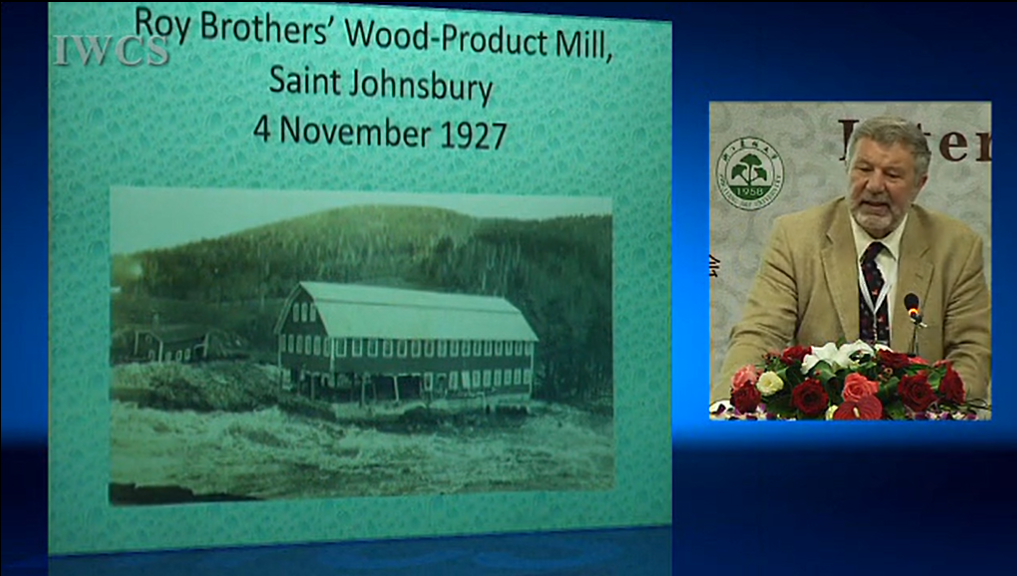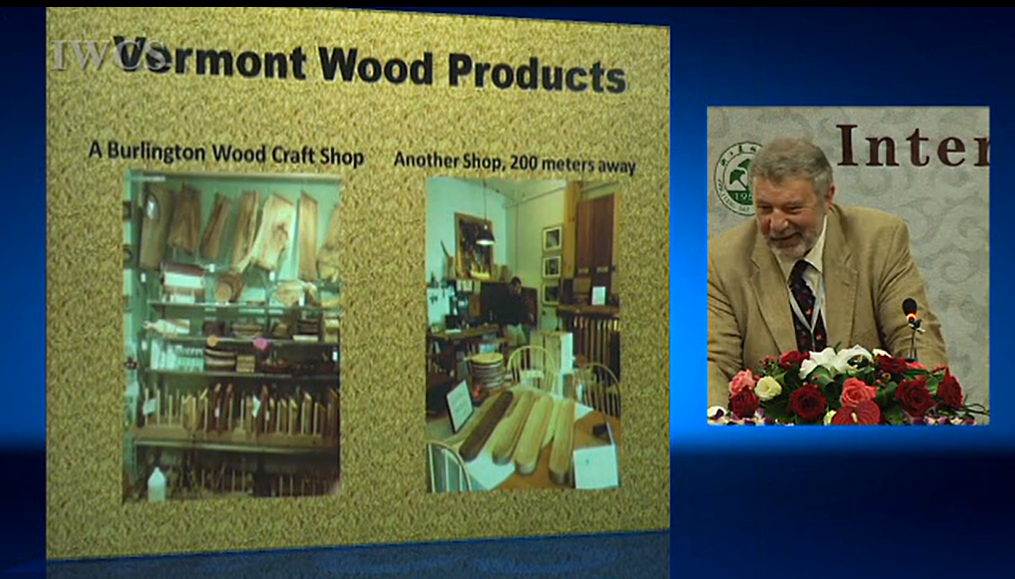活动名称:2012木文化国际研讨会
会议时间:2012年9月1日
会议地点:浙江农林大学图书馆报告厅
报告嘉宾:Alfred J. Andrea
Alfred J. Andrea先生是美国福蒙特大学荣誉教授,中世纪世界史博士,曾任世界历史协会主席。世界历史协会由来自包括中国的36个国家的专家学者组成,致力于研究跨越单一文化、宗教和政治影响的大历史。Alfred J. Andrea先生的研究方向和教学重点为公元前200年至公元1500年间非洲—欧亚板块的跨文化接触和交流,其中以宗教尤为关注。Alfred J. Andrea先生曾著书11部,并发表多篇文章,他与James H. Overfield合著的世界历史教科书《The Human Record: Sources of Global History》被用于全美及其他地区的大学历史教育。
报告摘要:An avid outdoorsman and hiker, Andrea will speak not on premodern Afro-Eurasia but rather on the complex history of Vermont’s forests over the past four centuries. This small New England state in the northeastern corner of the United States, which has a population of slightly more than 600,000 persons and covers only 24,900 square km., has witnessed a dramatic fluctuation in the density and types of its woodlands, especially in the period ca. 1800-ca. 1950. Based on research conducted in the archives of the University of Vermont and Vermont State Historical Society, as well as numerous treks through the forests of the state, Andrea will briefly sketch, with the aid of photographic images, the “roller-coaster” history of Vermont’s woodlands and the human factors behind these dramatic changes. The story is a dramatic one. It involves a region that went from dense primeval forests of hemlock, spruce, red pine, and a wide variety of Eastern hardwoods, to near total deforestation in the nineteenth century, to vast expanses of second- and third- growth forests, in which white pines dominate as the primary conifer and that now cover over 78 percent of the state. Today forests and their many products are an essential element in the economy of Vermont, but unlike the nineteenth century, the forests are now protected and wisely managed.
责任编辑:iwcs25H


 9,725
9,725







